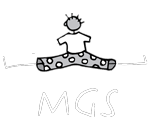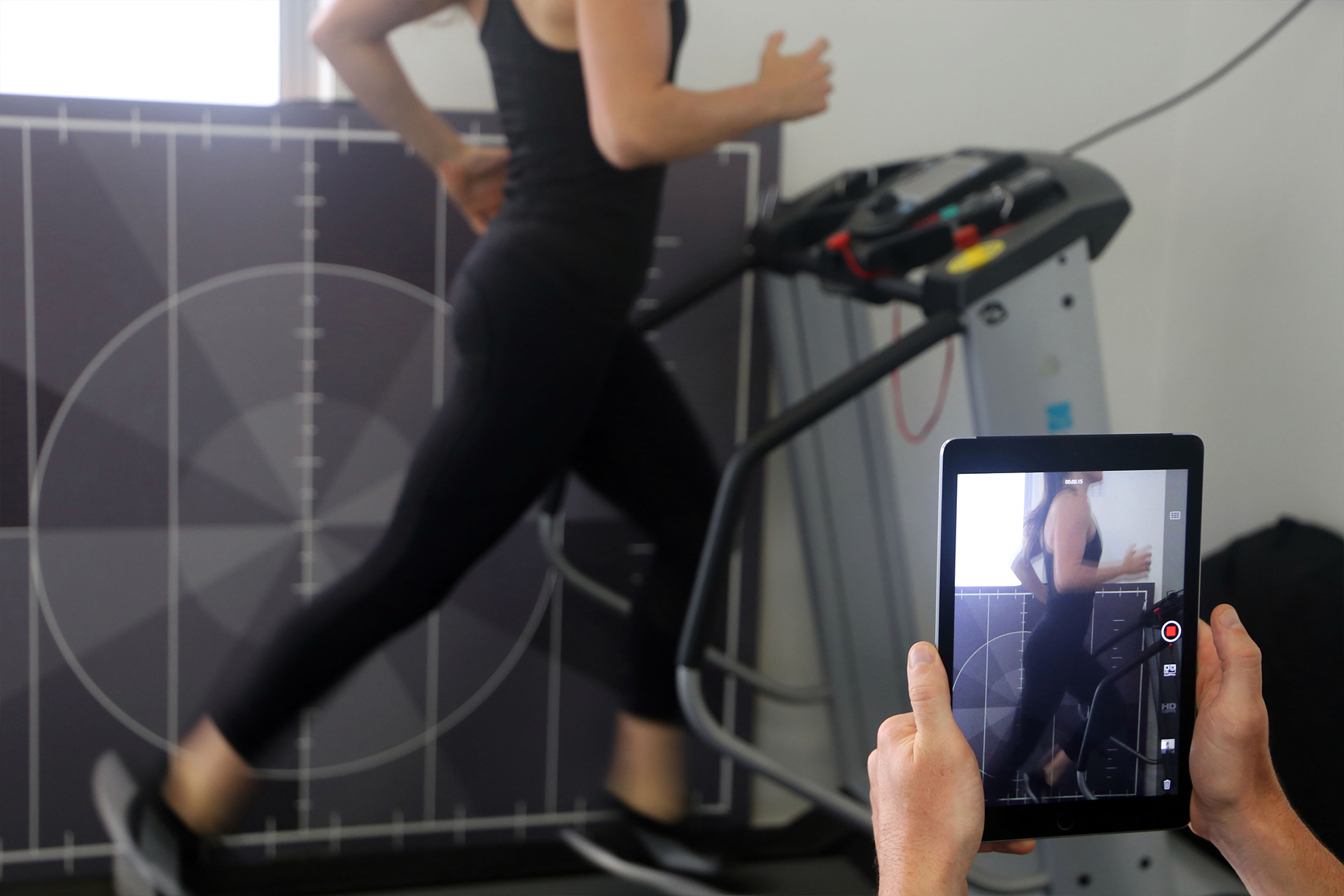Some people hear about gait analysis only when they start running regularly and experience injuries. This is because gait analysis is employed in sports biomechanics where problems in posture and movement are identified, especially in relation to sports injuries. With running gait analysis, athletes can be trained to run more efficiently and can reduce the incidence of injuries.
However, clinical gait analysis has broader applications. It studies human motion with the aid of instruments, such as scanning electronics, software and sensors, that measure body mechanics, movement and muscle activity. With gait analysis, any abnormality, irregularity or inefficiency in a person’s gait can be identified.
Causes of gait problems
Gait problems occur hand in hand with difficulties with balance and walking, as all three intricate movements are essential to locomotion. Proper gait, balance and walking requires the efficient functioning of several parts of the body, including the nerves, muscles, ears, eyes and brain.
Gait problems usually manifest themselves through difficulty with walking, unsteadiness and unbalanced movements. However, there are also other symptoms, depending on the underlying cause. These symptoms can include vertigo, double vision and motion sickness.
Some common causes of gait and balance problems are pain, injury, trauma and inflammation. However, more serious gait problems can stem from specific medical conditions, such as arthritis, gout and multiple sclerosis (MS). This is why it’s important to consult with a physician or specialist for persistent gait issues.
What does a gait analysis do?
In general, a gait analysis is used to identify inefficiencies in movement in patients, with or without injury. It also helps in recognising postural or movement-related problems that can cause dysfunctions.
A gait analysis includes measuring step length, step regularity, gait velocity, cadence, step repeatability and the degree of body sway. Data from a gait analysis provides physiotherapists objective markers in assessing patients with abnormal or asymmetrical gait patterns, including those with ataxia.
If you’re a runner and you want to know why you seem to be injury-prone, the physiotherapist would need to get information about your running history, including your training goals and outcomes. They will then establish the biomechanical pattern of your normal walking and running cycles, using a specialised treadmill, by checking the video and force plate data.
What are the benefits of a gait analysis?
Gait analysis is critical to the diagnosis and treatment of gait issues, depending on the underlying cause. The benefits it offers include the following:
- Helps physiotherapists identify the source of pain so they can treat your injury at its root
- Generates real-time data for physiotherapists to use in assessing and treating gait-related injuries. This way, your physiotherapist can instantly provide feedback about your condition.
- Serves as a basis for improving or correcting poor or inefficient patterns of walking and running
- Provides information to be used in creating a personalised treatment plan and follow-up therapy. You can reasonably expect your physiotherapist to tailor a programme designed to address your specific gait issues.
Using gait analysis data, your physiotherapist can guide and supervise you on how to walk and run properly, as well as advise you on what you can do to avoid or minimise injury.
If you have unexplained pain when you move, you can also opt for preventive gait analysis to identify past traumas or postural problems that can cause dysfunction and lead to injury. This way, any disorders related to movement and coordination can be treated before they become even more painful and problematic.
The uses of gait analysis are wide and varied; whether you’re a recreational runner, an athlete or someone suffering from gait issues, you can benefit from it.
To know more about gait analysis and how it can help you, please check out our gait analysis service page, or book an appointment at MGS Physio today.


